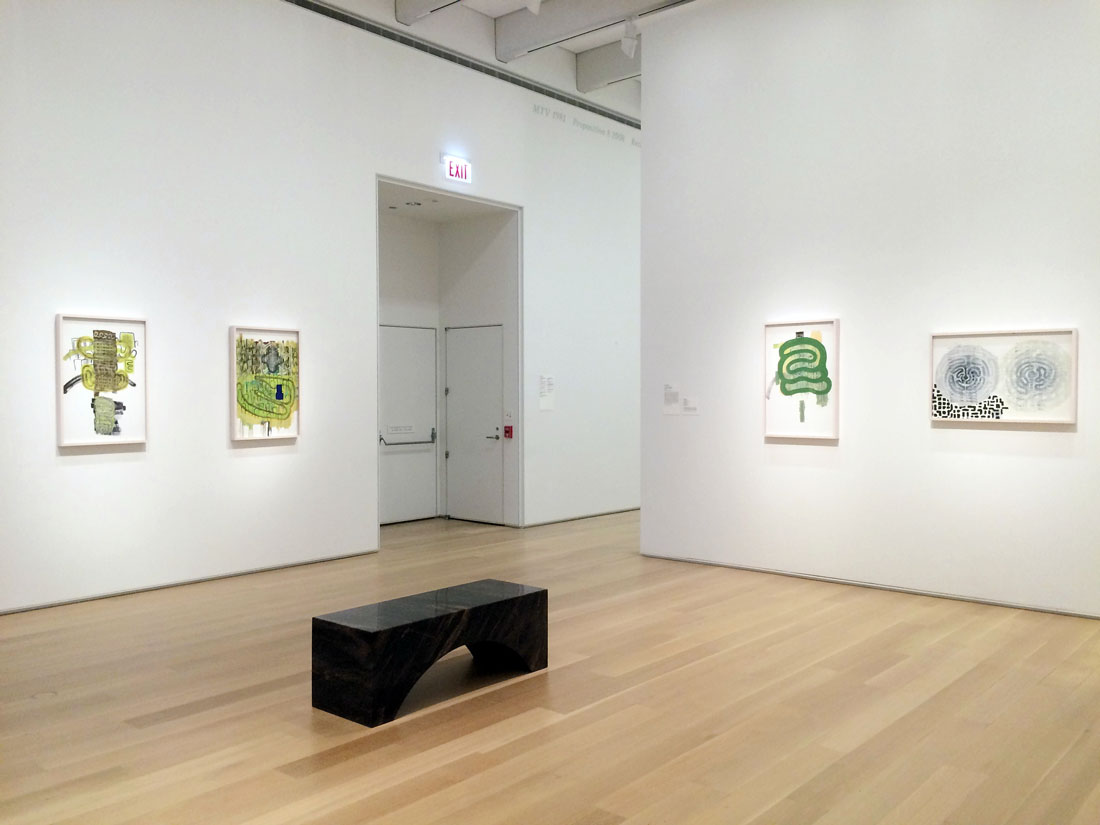By Jenny G. Zhang
What is the source of inspiration?
According to acclaimed Chinese artist Xu Bing, the answer is all around us.
“Our creations will always be a response to the new energy and questions or problems that occur from our social reality,” said Xu, who spoke before a full auditorium at the Art Institute of Chicago on February 22 as part of the School of the Art Institute of Chicago’s Visiting Artists Program.
The school’s Printmedia department partnered with the Art Institute’s Department of Chicago Museum Education to bring the pioneering contemporary artist to Chicago in celebration of the museum’s recent acquisition of “Wu Street” (1993), a mixed-media collaboration between Xu and fellow Chinese artist Ai Weiwei that can be seen in Gallery 294 of “The New Contemporary” collection in the Modern Wing.

Xu, known for his printmaking and installations that subvert language, meaning and tradition, told audience members that sociological forces and personal transformations can inspire huge bursts of energy within artists.
“As an artist, it’s very important to understand how to transfer that energy into your creative inspiration,” he said in Mandarin, his words then translated into English by an interpreter.
One of Xu’s most notable works, “Book from the Sky” (1987-1991), was inspired by the rush of energy generated when modern China emerged, ravenous, from the Cultural Revolution and reopened its doors to the rest of the world.
The artwork, which consists of printed volumes and scrolls filled with thousands of imaginary Chinese characters, was the result of Xu’s discomfort at the time – a feeling that he likened to the sensation of being gorged after overeating in response to starvation – and desire to create a book using his own culture.
More than a decade later, Xu started working on the companion piece, titled “Book from the Ground” (2012), by using recognizable icons to write a book made up entirely of emojis – a project he could only finish in the past few years because of the increasing availability of emoticons.
While these two works – one a book that no one can read, the other a book anyone can read regardless of language – look completely different, Xu said, they share a lot in common.
Both transcend geographic and cultural barriers, providing an equal playing field for every viewer. The two books are also the the products of their time–one born in the aftermath of China’s Cultural Revolution, the other from the ’emojification’ of the world.
In these rapidly changing times, Xu said, the idea of art itself is becoming less and less clear, which is why many of his works can exist in the first place.
“The world we’re living in is so rich and changing so quickly and without certainty, that art itself really can’t bear that weight,” he said.
According to Xu, art used to be a traditional system that was defined, categorized and confined to white-walled gallery spaces, but that may no longer be the case as we look forward to a future in which art is disseminated.
Then, he said, “Art may not look like art, but it grasps the essence of art.”


